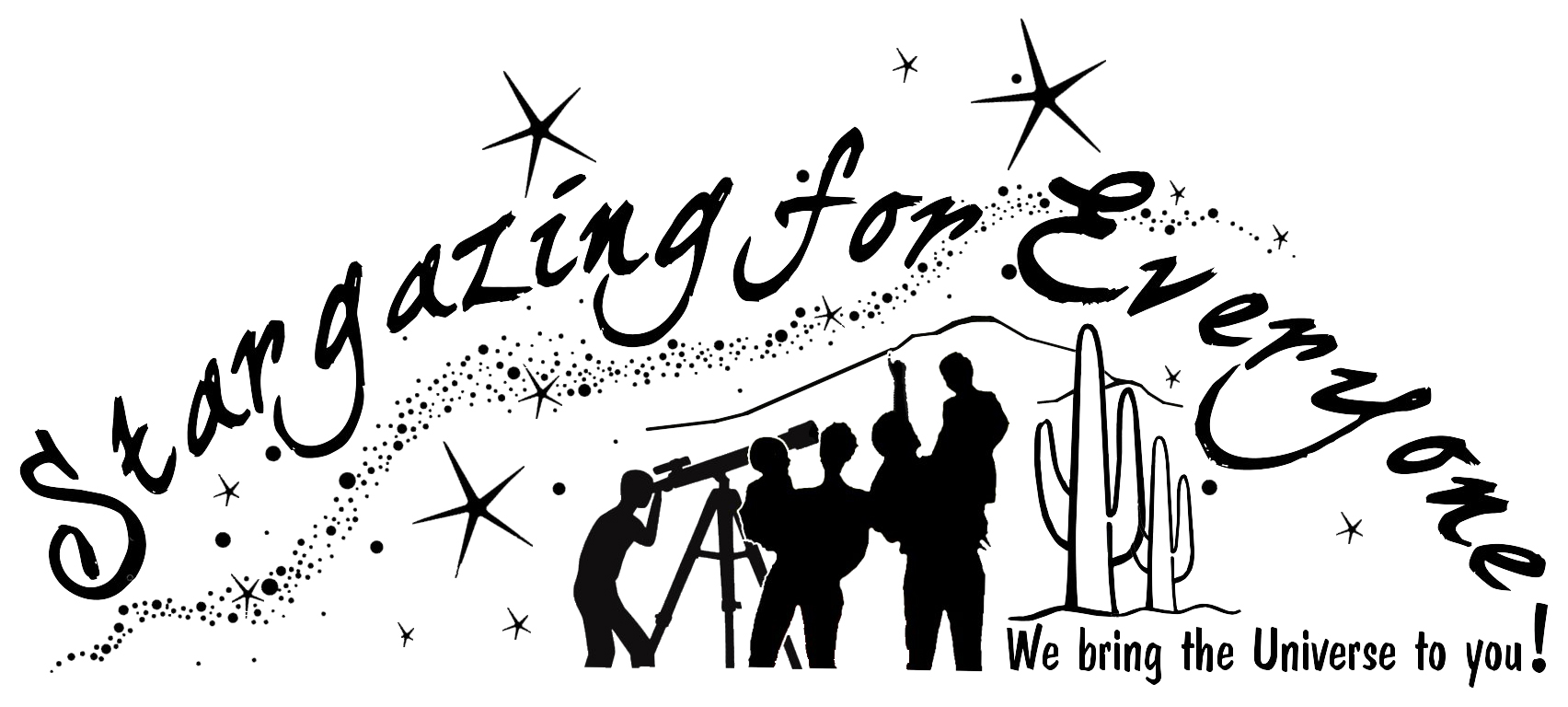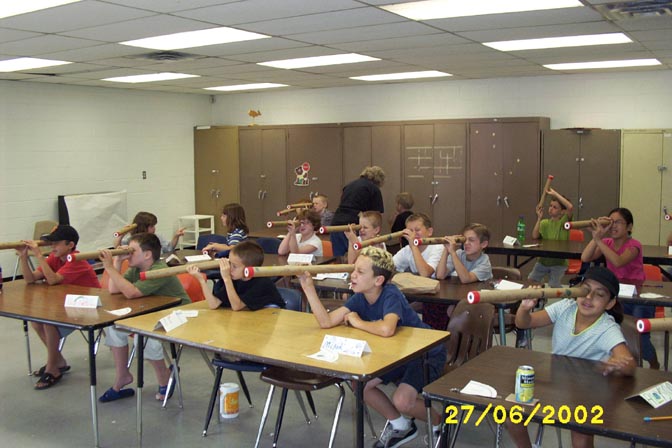Field Trip Flyers
Classroom Presentations and Sample Activities:
Telescopes and Observatories
A lecture and multi-media presentation on telescopes and observatories or the Hubble Space Telescope.
In the general Telescopes and Observatory presentation students will learn how telescopes work and what astronomers do in the observatory. Students will look through telescopes, see how different types of telescopes work, and measure the magnifying power of a telescope (student worksheet).
In the Hubble Space Telescope presentation students learn about the Hubble Space Telescope and explore the fantastic images and discoveries made by the Hubble Space Telescope.
Another fun telescope project is making a simple refracting telescope, there is an additional $10 project material fee per telescope. You build a working 16 power refracting telescope and learn how telescopes work. The telescope making project is a great classroom, special club, or family night activity that everyone can participate in.
This activity must be scheduled at least 6 Weeks in advance of the desired date.
The Earth and Moon
A lecture and multi-media presentation on the moon’s orbit, the tides, and eclipses. Students use a marble to measure the diameter of the moon and the distance to the moon (student worksheet).
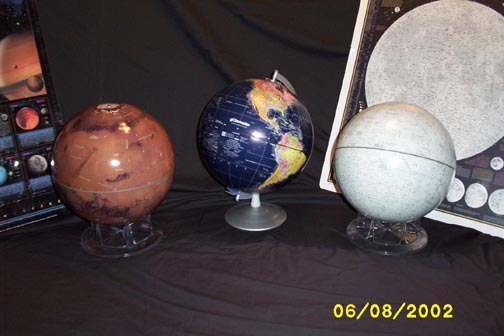
The Constellations
A lecture and multi-media presentation on the constellations, what are the zodiac constellations, folklore, and using the night sky as a calendar. Students will create a constellation (student worksheet), construct a planisphere (starwheel), or construct a constellation in 3-D.
The 3-D constellation activity lets you examine a familiar constellation as it
appears from the Earth and other view points. This activity demonstrates the effects of stellar distances and viewing point on the appearance of a constellation.
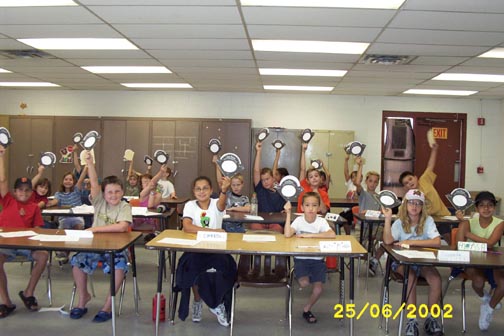
The Seasons
A lecture and multi-media presentation on the orbit of the Earth and the tilt of the Earth’s axis. Students will use a solar cell to measure the affect that the tilt of the Earth’s axis has on the sunlight hitting the Earth (student worksheet). Students will learn about the tilt of the Earth and the Earth's orbit using the local newpaper.
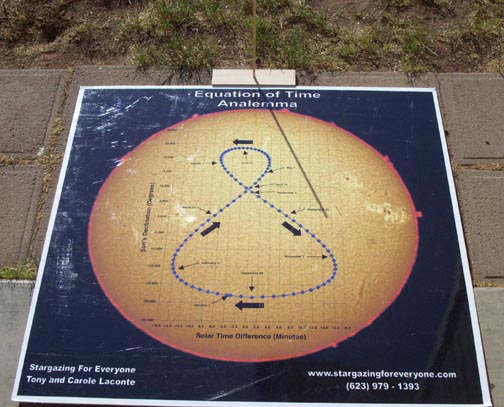
The Sun
A lecture and multi-media presentation on the structure of the sun, how it compares to other stars, solar phenomena and observable features. Students will observe the sun using the
"Sunspotter"
projection system and
safe professional solar filters
on a telescope and will measure the size of sunspots (student worksheet).

Meteor Showers
A lecture and multi-media presentation on meteor showers, what are they, where do they come from, the history and discovery of meteor showers. Students graphically determine the radiant of a meteor shower (student worksheet).
Comets
A lecture and multi-media presentation on comets, what are they, what do they look like, why do we study them, comet orbits, and the history and folklore of comets. Students will enjoy the "
Comet in a Cake Plate
" demonstration and will make a comet orbital motion flip book.
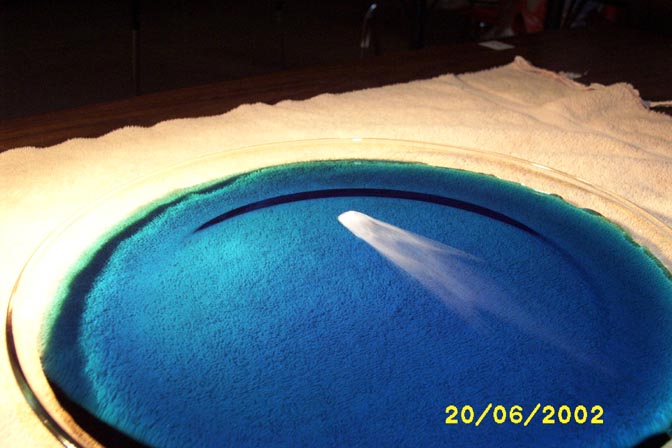
"Comet in a Cake Plate"
is an classroom demonstration modeled after the art piece "Icy Bodies" that was developed by Shawn Lani of the Exploratorium for the Chabot Planetarium in Oakland California. This demonstration models the behavior of comets showing the out-gassing jets of comet gases due to sublimation, the creation of comet tails, and the "Rocket Effects" that change a comet's orbit .
Exploring the Solar System
A lecture and multi-media presentation on space probes, when, where, what did they do, where are they now. Students will determine how high they can jump and how much they weigh on
various planets.
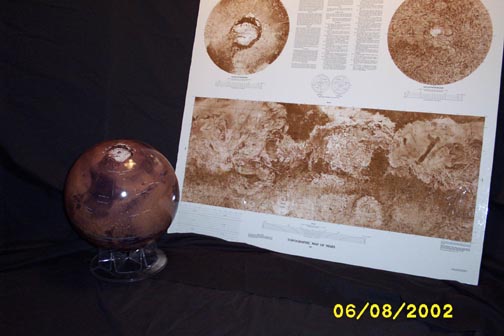
Exploring Deep Space
A lecture and multi-media presentation on deep space objects, when were they discovered, how do we observe them, what are these objects, how far away are they? Students will create a Cosmic Calendar (student worksheet).
Exploring the Moon
A lecture and multi-media presentation on the geology of the moon, from the lunar highlands to the many craters and rilles. Students make craters using different types of objects or prioritize a packing list for a trip to the moon (student worksheet).
The Life Cycle of Stars
A lecture and multi-media presentation on the formation of stars, the life cycle of stars, colors of the stars, and distances to the stars. Students will make parallax measurements (using protractors) to objects in a manner similar to the way astronomers make parallax measurements of the stars (student worksheet).
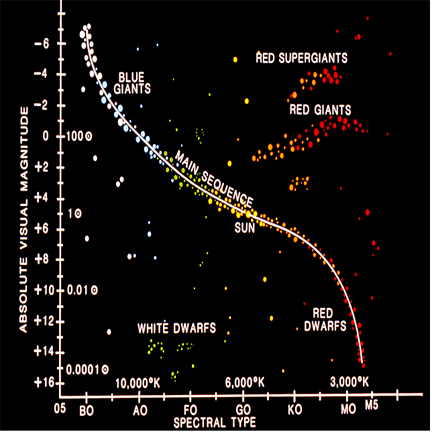
Are We Alone – The Drake Equation
An interactive discussion on the possibilities of the existence of intelligent extraterrestrial civilizations. Students will be introduced to the Drake Equation, they will discuss and make estimates for each term in the equation (student worksheet) and will compare their result to those of scientists and astronomers.
Assemblies:
Messages To The Stars
A lecture and multi-media presentation on the search for the existence of intelligent extraterrestrial civilizations. The Drake Equation, the plaques and records attached to the Pioneer and Voyager probes, the 1974 “Cosmic Hello” broadcast from the Arecibo radio telescope, and SETI are presented.
Our Solar System
A lecture and multi-media presentation on the physical characteristics of our solar system. An Orrery will be used to show the current planetary positions. Students form a scale model of the solar system.
The Life Cycle of Stars
A lecture and multi-media presentation on the formation of stars, the life cycle of stars, colors of the stars, and distances to the stars.

Journey Across The Milky Way
A lecture and multi-media presentation on our “Home Galaxy”, the Milky Way. Learn where the sun is located, where the stars we see in the constellations are relative to our sun, and explore the many beautiful deep space objects in our night sky.
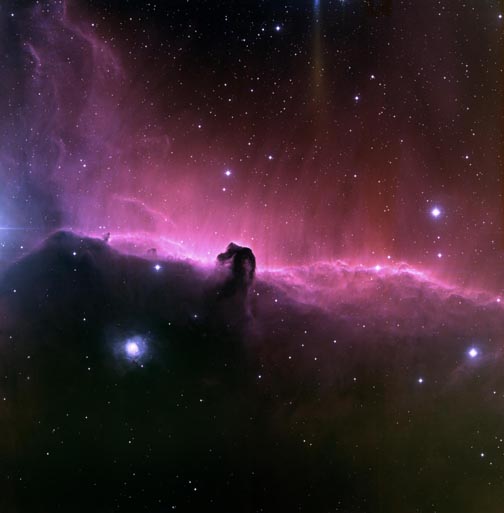
Image by T.A.Rector (NOAO/AURA/NSF) and Hubble Heritage Team (STScI/AURA/NASA)
Telescopes, Windows to the Universe
When you think of astronomy or stargazing you think of telescopes. Discover
the impact telescopes had on astronomy and the history of telescopes as windows
to the universe. This unique lecture and multi-media presentation traces the early development of telescopes from Galileo to Herschel to the Hubble Space Telescope to the New Technology Telescopes of today.
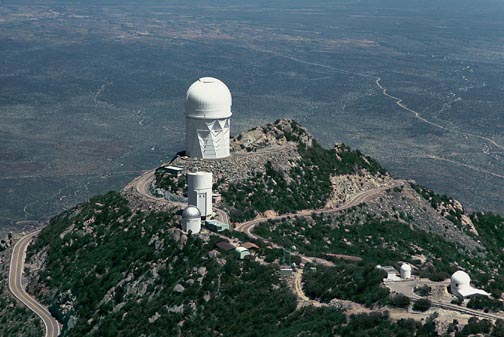
Image by NOAO/AURA/NSF
Astronomy Through the Ages
A lecture and multi-media presentation on the history of astronomy. Astronomers today look up at the night sky and they picture a spectacular and infinite universe. Ancient astronomers looked up and saw only points of light moving across the heavens. Trace the astronomical studies of the ancient Babylonians, Greeks, Mayans, and many other cultures, from the pre-telescope astronomers to the high tech 21st century astronomer using the Hubble Space Telescope.
They Walked on the Moon
A lecture and multi-media presentation on the Apollo program. Who were these brave men who walked on the moon? Where on the moon did they land and what did they do while they were there? From exploring the Apollo landing sites to images of the lunar rover kicking up moon dust, this program brings back the excitement of those days when “Men Walked on the Moon”.
Men and Women of Astronomy
A lecture and multi-media presentation on the many men and women who have made significant contributions to the science of Astronomy. A few of the these great people are; Aristotle, Tycho Brahe, Annie Cannon, Nicolas Copernicus, Williamina Fleming, Galileo, Caroline and William Herschel, Hipparchus, Edwin Hubble, Johannes Kepler, Henrietta Leavitt, Percival Lowell, Antonia Maury, Maria Mitchell, Sir Issac Newton, Ptolemy, Sally Ride, Harlow Shapley, Carolyn and Gene Shoemaker.
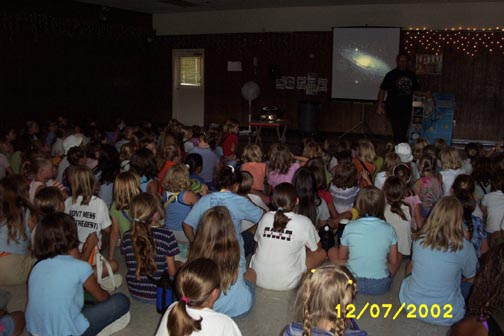
Where Do We Go Next - Exploring Space
In the late 1960's and early 1970's men flew to the Moon and explored. Since then all solar system exploration has done using robotic probes. This informative lecture examines the future possibilities of human space exploration: what are some of the likely destinations; how do we get there; what do we need to bring with us; and what do we do when we get there.
Backyard Stargazing
What’s up tonight? What can I see? What will it look like? What equipment do I need? Is anything special going to happen in the sky soon? These and many more questions will be answered in this informative lecture and multi-media presentation on the night sky from your backyard.
For more information
call Tony or Carole at (623) 979 - 1393,
or e-mail to:
Tony@stargazingforeveryone.com
